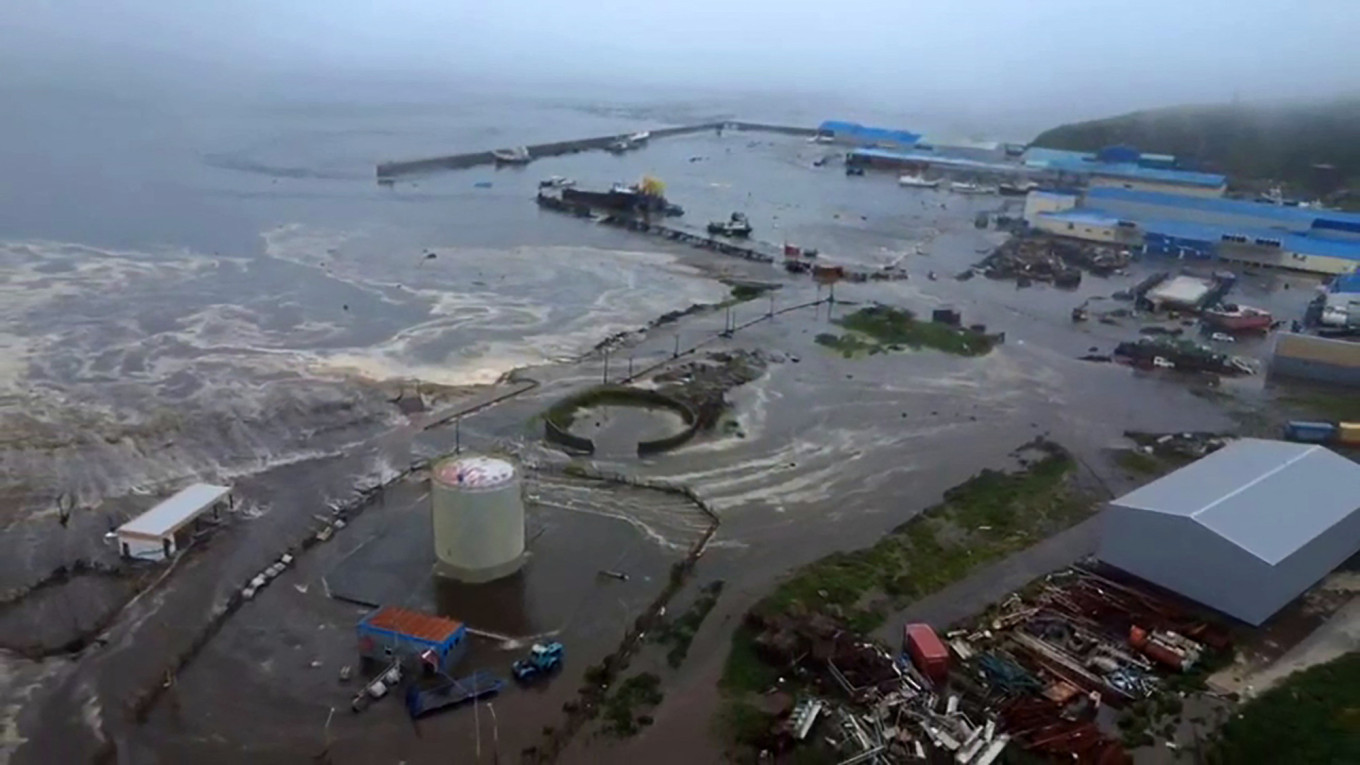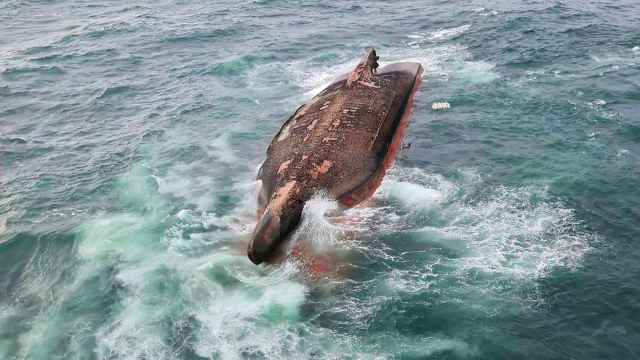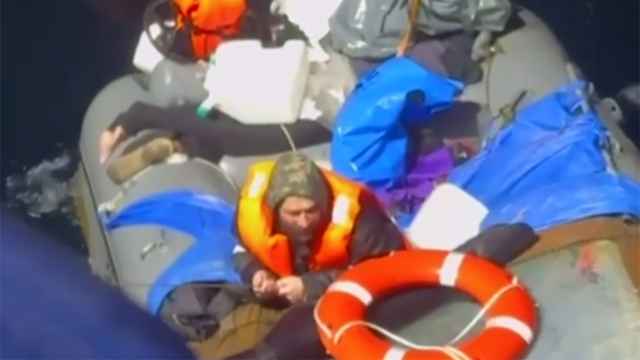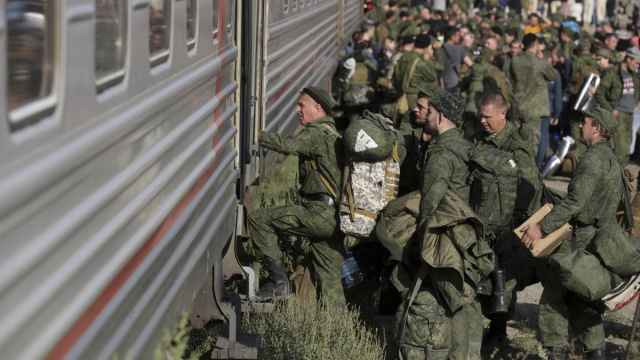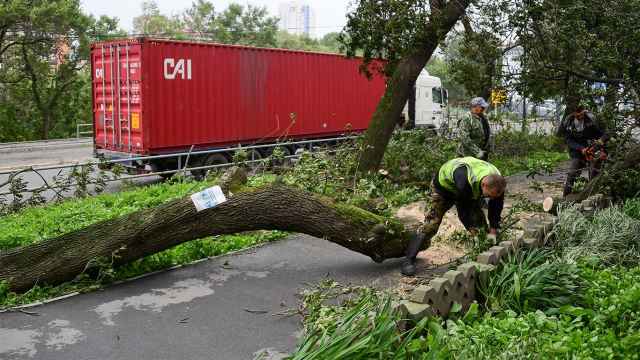One of the strongest earthquakes ever recorded struck Russia's sparsely populated Far East early Wednesday, generating tsunamis of up to four meters (12 feet) across the Pacific and sparking evacuations from Hawaii to Japan.
The magnitude 8.8 quake struck at 8:24 a.m. off Petropavlovsk-Kamchatsky in the Kamchatka peninsula and was one of the 10 largest ever recorded, according to the USGS.
Russian authorities said a tsunami hit and flooded the port town of Severo-Kurilsk, while local media said a wave of between three and four meters high was recorded in the Elizovsky district of Kamchatka.
A video posted on Russian social media appeared to show buildings in the town submerged in seawater. Authorities said the population of around 2,000 people was evacuated.
Several people were injured in Russia by the quake, state media reported, but none of them seriously.
"The walls were shaking," an Elizovsky resident told the Russian military broadcaster Zvezda.
"It's good that we packed a suitcase, there was one with water and clothes near the door. We quickly grabbed it and ran out... It was very scary," she said.
Authorities in Russia's Sakhalin region declared a state of emergency in the northern Kuril Islands, where tsunami waves have damaged buildings and caused flooding. The mayor of the islands said that "everyone" there had fled to safety.
Officials from countries with Pacific coastlines in North and South America — including the United States, Mexico, and Ecuador — issued warnings to avoid affected beaches.
In Japan, people evacuated by car or on foot to higher ground, including in Hokkaido, where a first wave measuring 30 centimeters was observed. There were no injuries or damage reported in Japan as of midday.
In Hawaii, Honolulu Mayor Rick Blangiardi said residents and the thousands of visitors should get to safety on the upper floors of buildings or on higher ground.
"People should not, and I will say it one more time, should not, as we have seen in the past, stay around the shoreline or risk their lives just to see what a tsunami looks like," Governor Josh Green said.
"It is not a regular wave. It will actually kill you if you get hit by a tsunami," Green said.
Pacific warnings
Wednesday's quake was the strongest since 1952 in the Kamchatka region, the regional seismic monitoring service said, with warnings of aftershocks of up to 7.5 magnitude.
The epicenter of the earthquake is roughly the same as the powerful 9.0 quake that year, which resulted in a destructive, Pacific-wide tsunami, according to the USGS.
At least six aftershocks have further rattled the region, including one of 6.9 magnitude and another listed at 6.3.
The U.S. Tsunami Warning Centers said waves exceeding three meters above the tide level were possible along some coasts of Ecuador, northwestern Hawaiian islands and Russia.
Between one- and three-meter waves were possible along some coasts of Chile, Costa Rica, French Polynesia, Guam, Hawaii, Japan and other islands and island groups in the Pacific, it said.
Waves of up to one metre were possible elsewhere, including Australia, Colombia, Mexico, New Zealand, Tonga and Taiwan.
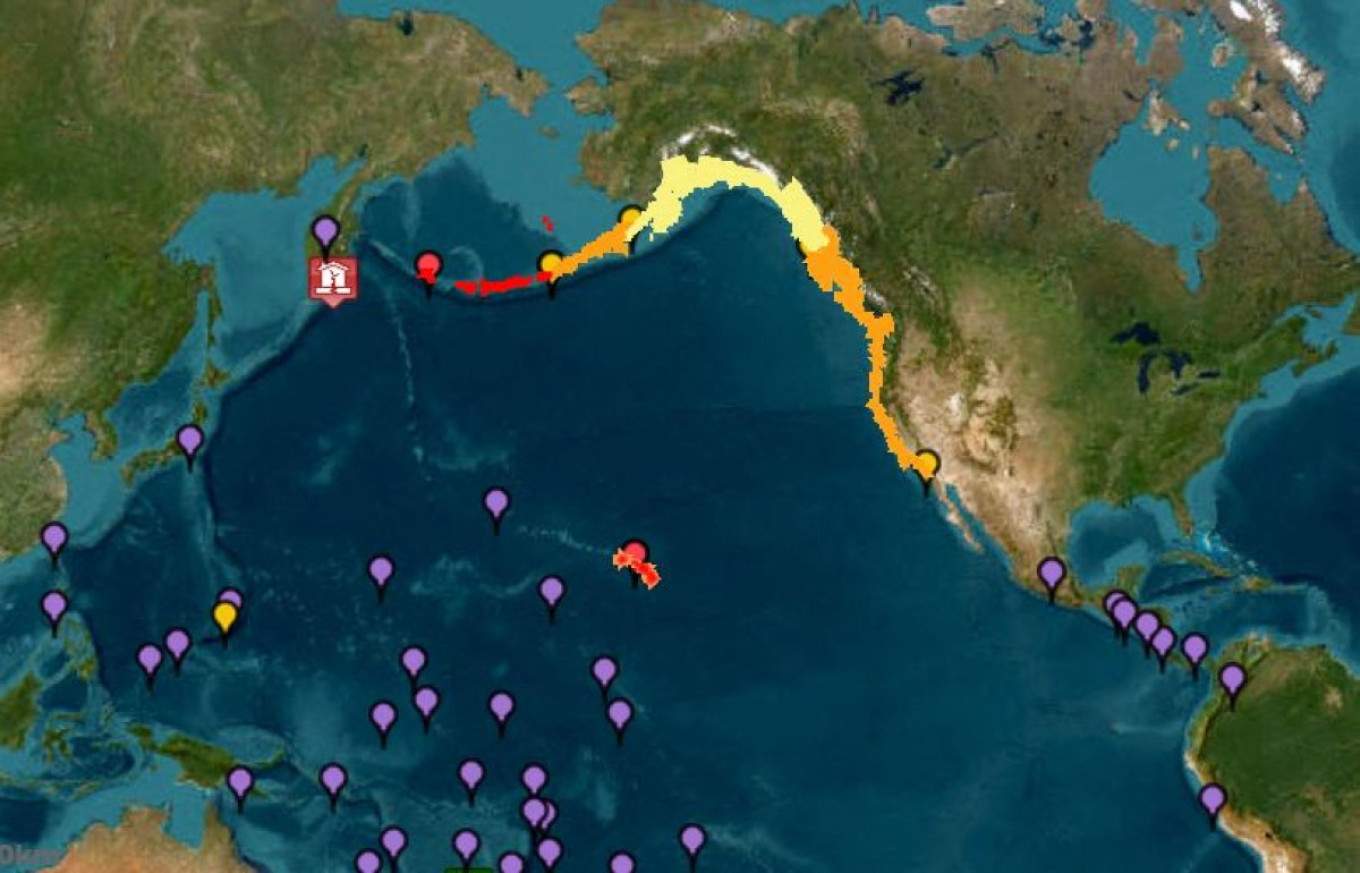
At Inage Beach in Chiba prefecture in Japan, a security perimeter was set up, and a rescue worker told AFP that the seaside area was off limits until further notice.
"I didn't expect there to be a tsunami. I actually made a joke about it when we heard [the alert]," Canadian tourist Leana Lussier, 17, told AFP.
"We came here hoping to swim, but once we heard a tsunami warning had been issued, we didn't go in at all, not even close to the water," local Tomoyo Fujita, 35, told AFP as she left the area with her young daughter.
Television footage showed several whales washed up on a beach.
Workers at the stricken Fukushima nuclear plant in northeast Japan — destroyed by a huge quake and tsunami in 2011 — were evacuated, its operator said.
Aftershocks
Tsunami alerts were pushed to mobile phones in California, according to local AFP reporters.
"STAY STRONG AND STAY SAFE!" U.S. President Donald Trump said on social media.
Tsunami sirens blared near Hawaii's popular Waikiki surf beach, where an AFP photographer observed gridlocked traffic as Hawaiians escaped to higher ground.
The U.S. Tsunami Warning Centers issued a Tsunami Warning, its highest level alert, for the entire U.S. state of Hawaii, with the first waves expected at 7:17 p.m. local time.
"People are also advised to stay away from the beach and not to go to the coast," the seismology center said in a warning.
Vessels were ordered to head to open water ahead of the expected arrival of waves up to 2 meters, while government employees in Honolulu were sent home early.
A Message from The Moscow Times:
Dear readers,
We are facing unprecedented challenges. Russia's Prosecutor General's Office has designated The Moscow Times as an "undesirable" organization, criminalizing our work and putting our staff at risk of prosecution. This follows our earlier unjust labeling as a "foreign agent."
These actions are direct attempts to silence independent journalism in Russia. The authorities claim our work "discredits the decisions of the Russian leadership." We see things differently: we strive to provide accurate, unbiased reporting on Russia.
We, the journalists of The Moscow Times, refuse to be silenced. But to continue our work, we need your help.
Your support, no matter how small, makes a world of difference. If you can, please support us monthly starting from just $2. It's quick to set up, and every contribution makes a significant impact.
By supporting The Moscow Times, you're defending open, independent journalism in the face of repression. Thank you for standing with us.
Remind me later.


